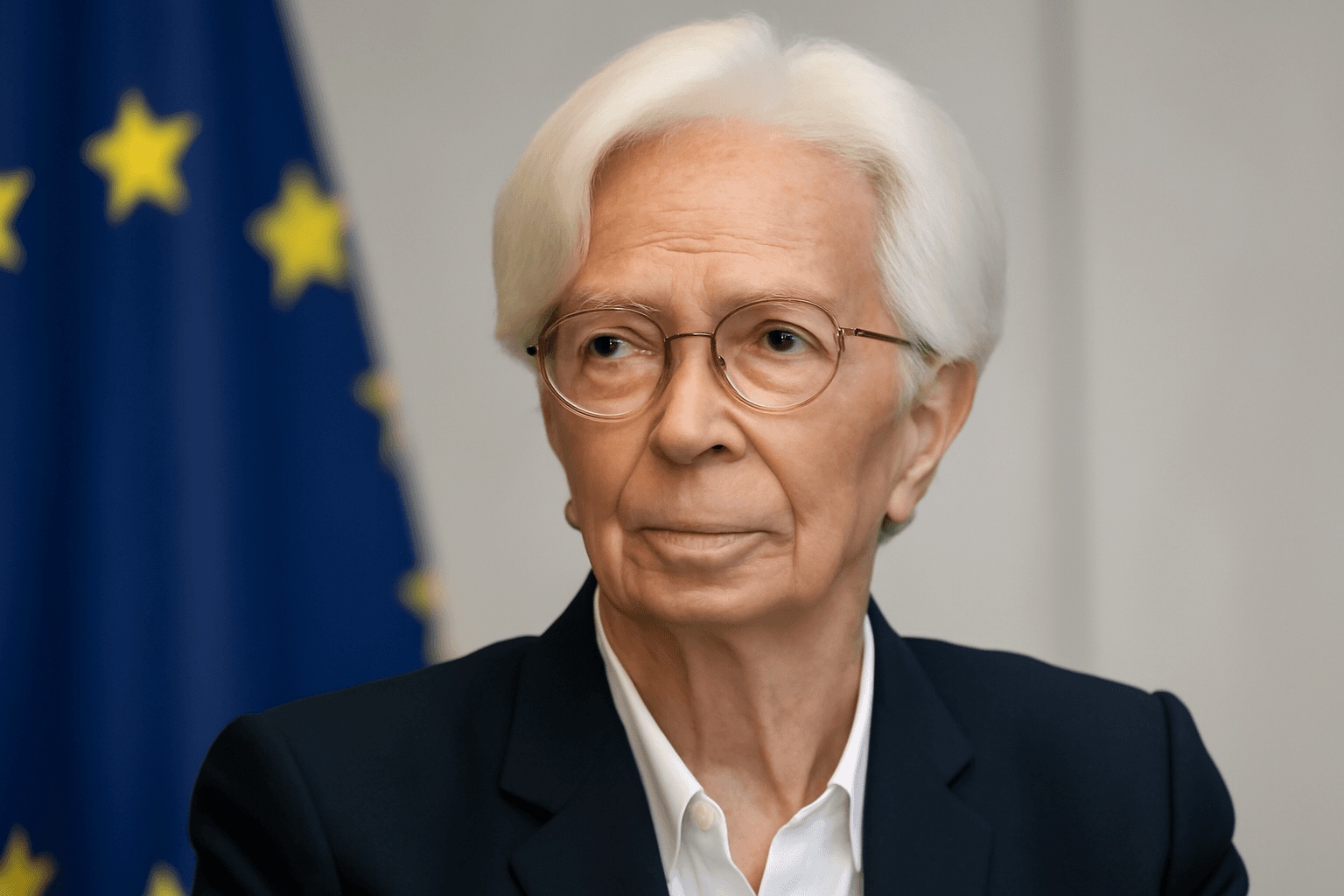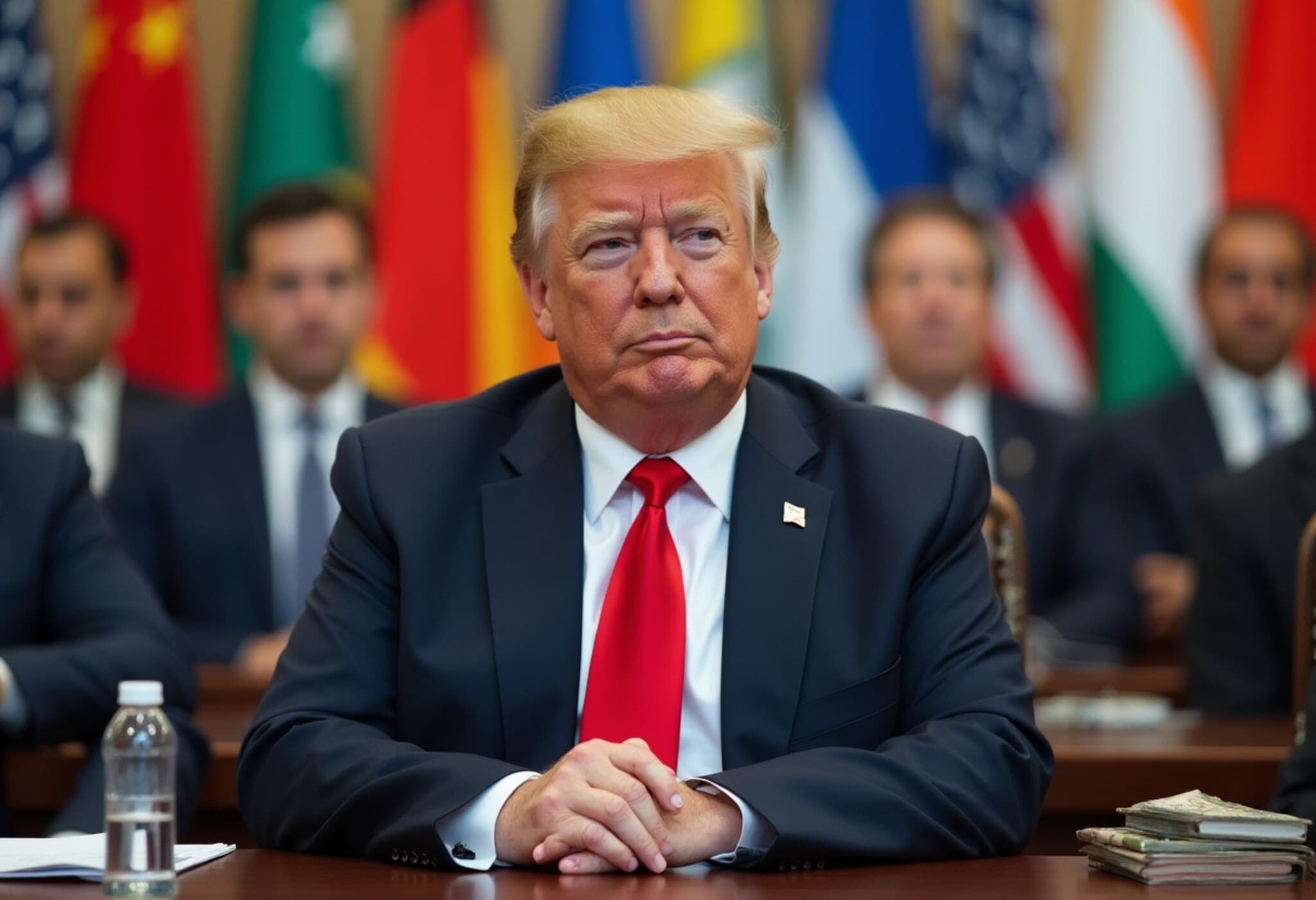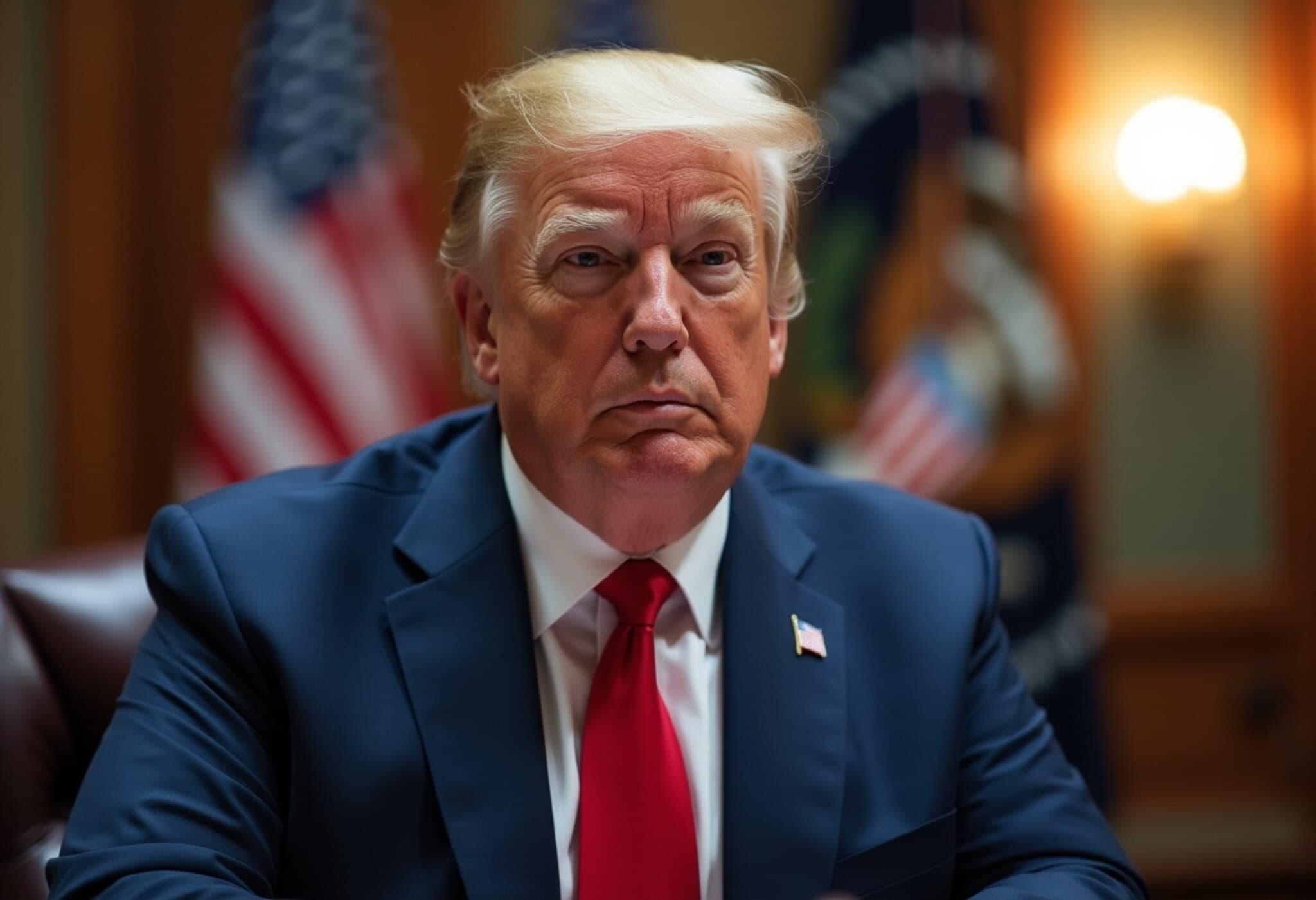The Soaring Growth of Private Credit: A Double-Edged Sword
Over the past decade, private credit has transformed from a niche funding avenue for middle-market companies into a colossal $1.7 trillion industry that now underpins a wide array of financial transactions — from private equity buyouts to asset-based lending and retail investment portfolios. This explosive growth signals both opportunity and peril, kindling concerns among experts that private credit’s rapid expansion could be cultivating the seeds of tomorrow’s financial instability.
Understanding Private Credit’s Rise
Historically, private credit stepped in where traditional banks tread lightly—primarily serving mid-sized companies that are often overlooked by conventional lenders. Today, fueled by abundant capital and investor appetite for higher yields in a low-interest environment, private credit funds are flush with a record $566.8 billion in dry powder poised for deployment, according to PitchBook.
While this liquidity surge enables businesses to access previously unavailable financing, it also raises the stakes for fund managers. Those holding large pools of uninvested capital face mounting pressure to deploy funds quickly, sometimes at the expense of rigorous underwriting discipline.
Systemic Risk: Is Private Credit the Next Domino?
Financial watchdogs and analysts have highlighted some worrisome trends that mirror vulnerabilities reminiscent of past crises. Moody's Analytics recently noted that the increasing interconnectedness of private credit funds with other financial institutions could act as a "shock amplifier" during market turmoil. In essence, while greater network connectivity can improve capital flow under normal conditions, it simultaneously creates pathways for contagion under stress, amplifying market shocks.
Morningstar’s Southeast Asia managing director Shihan Abeyguna pointed out the risk of diluted credit standards as managers hasten to commit capital. "If this becomes reality, managers may find themselves lowering lending standards to push out more loans, which inevitably raises default risks," Abeyguna said. JPMorgan’s Serene Chen echoed this concern, cautioning that "too much money chasing the same asset class" often leads to relaxed covenants and underwriting — though she also noted such trends have not yet fully materialized.
Opaque Debt Structures: The Threat of Paid-in-Kind (PIK) Loans
A particularly underreported yet significant vulnerability lies in the rising use of paid-in-kind (PIK) loans within private credit portfolios. As PIMCO portfolio manager David Forgash explains, PIK loans allow borrowers to defer cash interest payments by adding the interest to the principal, effectively "paying" lenders with additional debt rather than cash.
- While this eases immediate liquidity pressures for borrowers, it quietly inflates overall debt burdens.
- The accumulation of unpaid interest creates a hidden mountain of debt that could magnify losses during economic downturns.
- In a recessionary environment, companies leveraging PIK loans may struggle, making private credit a potential "shoe to drop" in broader financial stress.
Contrasting Views: Resilience Amid Risks
Despite these alarms, many industry veterans argue the private credit market today is more resilient than commonly feared. Michael Ostro, head of private markets at Union Bancaire Privée Asia, highlighted that most lending is backed by robust capital structures with equity cushions of 50–60%, providing a substantial buffer before losses materially impact lenders like Business Development Companies (BDCs).
Suvir Varma, advisory partner at Bain & Company, further noted that lessons from the 2008 financial crisis have led to more disciplined underwriting. Unlike the pre-2008 era where risky loans were repackaged and widely distributed, private credit managers generally absorb the risk themselves without securitization layers, limiting systemic exposure.
Is Private Credit a ‘House of Cards’?
Yet, academic perspectives add nuance to the debate. Ludovic Phalippou, Financial Economics professor at Oxford’s Saïd Business School, cautions against complacency. He emphasizes that traditional markers of risk—like bank runs—may not apply here, but alternative vulnerabilities such as investor redemptions, margin calls, and asset revaluations could trigger systemic strains. "This isn't a house of cards, but it smells like one," Phalippou remarked, underscoring the complexity and opaque nature of private credit ecosystems.
What This Means for Investors and Policymakers
The private credit boom reflects a broader shift in the financial landscape, as investors seek non-bank lending solutions amid tightening regulations and evolving capital markets. While offering attractive yields and diversification benefits, this growth comes with the responsibility to maintain transparency, prudent lending standards, and robust risk management.
Given the inherently illiquid and opaque nature of private credit instruments, policymakers and regulators face challenges in monitoring and mitigating systemic risks before they crystallize. Increased data sharing, stress testing, and improved disclosure frameworks may be vital to safeguarding financial stability.
Editor’s Note
Private credit's meteoric rise is undeniably reshaping global finance, opening fresh avenues for funding and investment. However, beneath its success lies a subtle tension: the balance between opportunity and risk management. As trillions in dry powder seek deployment, vigilance around underwriting standards, loan structures like PIK, and interconnectedness with broader financial markets becomes paramount. Whether private credit will emerge as a stabilizing force or a hidden fault line in the next downturn remains an urgent question — demanding close attention from investors, regulators, and economic stakeholders alike.












